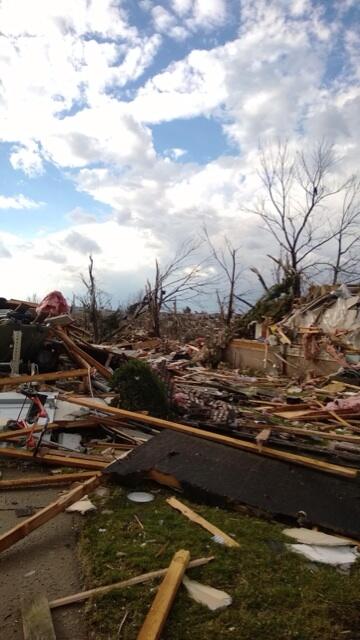Snow Forecast: West
Snow will continue in the northern Rockies and Cascades Monday, shifting south into the Wasatch, Great Basin, Colorado high country, and Sierra later Monday into Monday night.Heavy snow is expected Tuesday and Tuesday night from east-central Nevada into primarily the mountains and high plateau of Utah and western Colorado, before tapering off Wednesday morning.
The heaviest snow accumulations are expected in the Tetons and Beartooth Range of southwest Montana, northwest Wyoming, the Wasatch of Utah and mountains of Colorado, where over a foot of total snow may accumulate. Some mountain ranges in eastern Utah and western Colorado can expect 2 to 3 feet of snow.
Snow Forecast: Plains/Midwest
Winter Storm Cleon will also lay down a swath of heavy snow from the northern High Plains to the northern Great Lakes through the middle of the week.Monday night, light to moderate snow will fall over the northern tier from eastern Montana into North Dakota, northern South Dakota, northern and central Minnesota, northern and central Wisconsin and the U.P. of Michigan. Nighttime accumulations could approach a half foot in parts of northeast Minnesota and northwest Wisconsin, on top of what fell Monday.
As the Arctic cold front plunges south, this broad area of snow (mixed with rain farther east) will expand Tuesday to include more of Wyoming and South Dakota while generally continuing over the aforementioned areas.
Tuesday night into Wednesday, as low pressure intensifies in the Upper Midwest, snow will also intensify from the Dakotas into northern Minnesota, northern Wisconsin and the U.P. of Michigan. Blizzard or near-blizzard conditions are possible in some outlying areas of the eastern Dakotas and northern Minnesota from late Tuesday into late Wednesday, though this will depend on the yet-unclear track of the Upper Midwest low pressure system.
- Snow: Some amounts over six inches possible in the High Plains from western Kansas and far eastern Colorado to the northern Texas Panhandle. Totals on the order of a couple of inches are possible from parts of Oklahoma and eastern Kansas northeastward into the mid-Mississippi and Ohio Valleys, and the interior Northeast.
- Freezing Rain/Sleet: The potential exists for significant ice accumulation from Oklahoma and north Texas into southern Missouri, Arkansas, northern Mississippi, west Tennessee into the Ohio Valley. Hazardous roads (not just bridges and overpasses), downed tree limbs, and at least some power outages are possible in these areas by Thursday and Friday.
